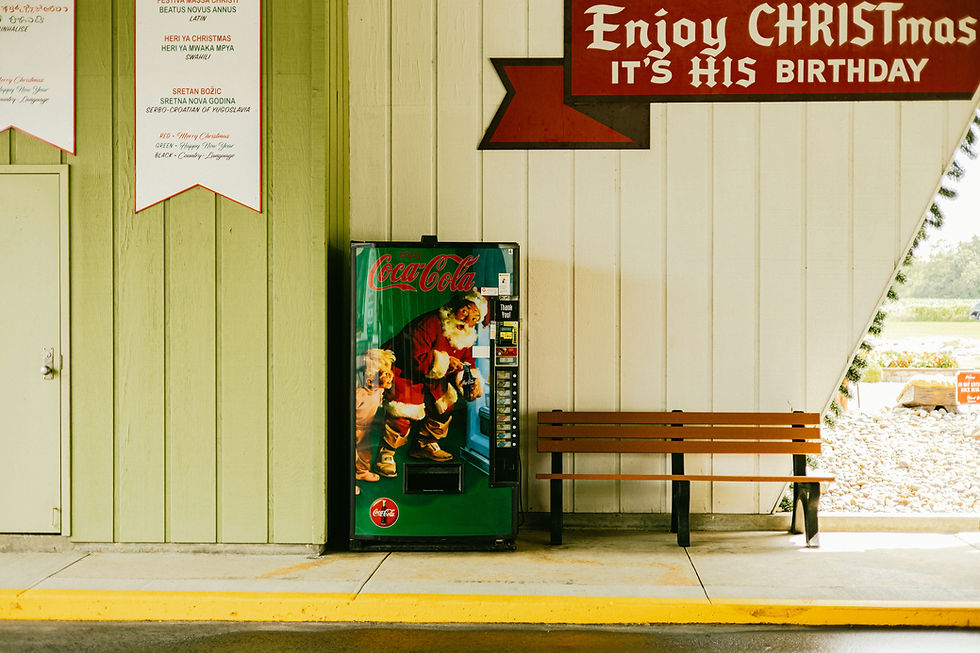Dynamic Shelving
- Michelle Duclos

- Jan 30, 2023
- 3 min read

Humans have been interested in shelving and organizing their books for as long as books (and scrolls) have existed. I’m willing to bet that most readers store their books side by side with title-bearing spine pointing out, but it hasn’t always been this way, and book storage trends are evolving once again.
In 2012, Francesca Mari covered the history of book storage for the Paris Review. In her article, “Shelf Conscious,” we learn that the first books to be organized with title-bearing spine pointing out began less than 500 years ago in 1535. This type of vertical side-by-side organization is recent history when we consider the fact that Cicero hired two assistants to build shelving for his scrolls in the first century BCE.
For roughly the next fourteen hundred years, as Henry Petroski, a professor of civic engineering and history at Duke, writes in The Book on the Bookshelf, “books were shelved every which way but straight up, spine out. Engravings of private studies show books piled horizontally, standing on the edge opposite their spine (their fore edge), as well as turned fore edge out.”
Later, in the Middle Ages, when monasteries functioned as public libraries, monks began chaining books to desks or lecterns in an effort to increase circulation. When space got tight, monks began organizing books with the spines hidden, occasionally drawing on the thick of the pages for easier identification.
Most recently, the trend in library and bookstore shelving is a viral organizational concept called Dynamic Shelving, a term created by librarian Kelsey Bogan to contrast the traditional method of Static Shelving traditionally seen in libraries and bookstores.
Dynamic Shelving is anything that makes a bookshelf stand out or become more visually appealing. One of the most popular ways to accomplish Dynamic Shelving is to include as many front-facing books as possible.
The purpose of Dynamic Shelving is to empower patrons to independently browse for books and successfully find (and leave with!) a book of interest. Most bookstores use at least some form of Dynamic Shelving because it attracts more interest and, therefore, sells more books than Static Shelving. In fact, when Kelsey Bogan incorporated more Dynamic Shelving into her library, she noticed an 800-1000% increase in circulation.
And while Dynamic Shelving is beneficial for libraries, it’s even more beneficial for the reader. Dynamic Shelving generates more attention, creates an atmosphere conducive to browsing, allows patrons to find books more easily, and it encourages everyone, but specifically children, to choose their own books, especially when these books are intentionally displayed at eye-level. For children, most notably those who cannot yet read, the benefits of forward-facing book displays are tenfold. Displaying books face-out attracts even the most reluctant readers with beautiful, eye-catching covers, and, more importantly, it allows young readers to recognize artwork from a book’s cover so that they can easily identify the book they choose. For little ones, forward-facing book displays empower children to make their own book choices which further fosters their independence.
Bogan writes that, “Dynamic Shelving is not just about aesthetics (though that is an important aspect that should not be ignored because our society really does ‘judge a book by its cover’) it’s also about accessibility and equity.”
If you’ve been into the children’s wing of the Frankenmuth Library within the past few weeks, you’ve likely noticed many exciting changes—a Wickson Library Post Office playhouse and, you guessed it, a prominent forward-facing Dynamic Shelving book display. Our library also utilizes Dynamic Shelving to feature new books or, if you’re looking at the display directly across from the circulation desk, to showcase the New York Times Bestsellers in Fiction and Nonfiction, all of which are updated on a weekly basis. Inspired by the library’s forward-facing book displays, I recently made similar changes in our own home. I arranged my children’s library, formerly all Static Shelving, to include some Dynamic Shelving. Since I’ve made these changes, I’ve noticed that my kids go for the forward-facing books 99% of the time, and that they are reading more often. Perhaps you’ll consider making these changes in your own home too.







Comments